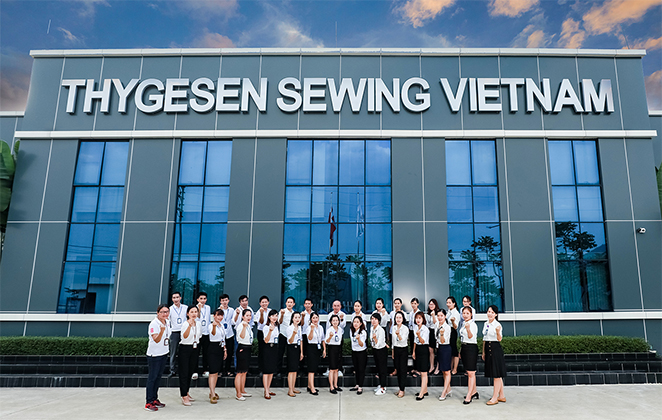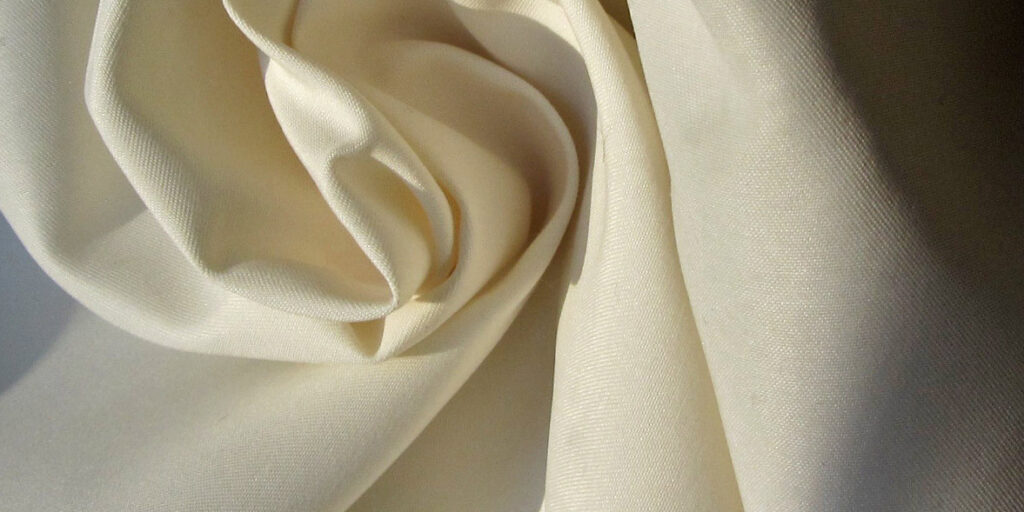Introduction
Polyester already makes up about half of all clothes produced worldwide, and according to Greenpeace, this percentage will nearly treble by 2030. Since polyester is constructed of polyethylene terephthalate (PET), the most prevalent type of plastic in the world, it cannot be considered a sustainable textile alternative. What would otherwise be seen as waste gets changed into something brand-new and beneficial – recycled polyester fabric?
What is Recycled Polyester Fabric?
Recycled polyester, often known as rPet, is made from plastic bottles that have previously been recycled. In other words, it’s an excellent way to prevent waste from being dumped in landfill. Compared to producing new fibers, the amount of resources required to manufacture recycled polyester is far lower, as are the resulting carbon dioxide emissions. It’s undeniable that clothing made from recycled polyester is a greener choice for us. However, it’s impossible to overlook the fact that it’s not biodegradable and will remain in landfills for years. It is also notable that the recycled polyester fabric still emits tiny plastic fibers. Recycling polyester fabric is a great way to keep plastics from going to landfills and the ocean and take fewer resources to make!
So, how could we recycle polyester fabric? The secrets are soon to be revealed in the next section, “How is Recycled Polyester Fabric Made”
How is Recycled Polyester Fabric Made
Source of raw materials for recycled polyester fabrics
What sorts of recyclables/ raw materials can be utilized in the production of textiles?
Surprisingly, the garbage that we throw away on a daily basis may be repurposed to create brand new items. The production of recycled fabrics from waste such as garment waste, food waste (such as fish scales for example), and plastic bottles can be accomplished through straightforward technological methods. Here is a list of raw materials that can be used to make recycled polyester:
- Used plastic bottles
- Used PET items
How amazing it is! So if you even have some used plastic bottles, your recycled polyester is soon to happen!
Process of making recycled polyester
Many textile mills, clothing firms, and yarn producers are looking into innovative ways to enhance their productivity by adopting environmentally friendly methods to create recycled textiles for clothes. When recycled plastic bottles are utilized, the number of greenhouse gases such as carbon dioxide and methane produced can be reduced.
This is accomplished by reducing the amount of new water and chemical ingredients that are required in the manufacturing process. Cleaning empty bottles can serve as an easy step in the process of recycling them into fabric. After the chips have been washed, dried, and broken up into smaller chips, they can be melted down and spun into fibers by using a spinning machine. How cool it is! The procedure of how to make recycled polyester is quite simple! It contains only five small steps, from collecting sources of PET or plastic water bottles!
- First of fall, the first step of recycling polyester involves collecting and purifying PET bottles.
- In the second step, you have to dry out the bottles and crush them into very small pieces, around the size of chip pieces.
- Next, in the third step of the process, the fragments of PET are heated and then fed through a spinneret in order to create long strands of yarn.
- And yes, in the fourth step of the process, the PET yarn is coiled onto spools before being fed into a crimping machine. The crimping process is what gives the yarn its characteristic fluffy appearance and feel.
- Last but not least, step number five: After the PET yarn has been baled, it can be dyed to the color of your choice and then knitted into fabric.
Characteristics of Recycled Polyester Fabric
You might know that recycled polyester is a commonly used garment type in the textile industry, but have you truly understood its pros and cons? Let’s take a closer look at those pros and cons, shall we?
- Pros of recycled polyester
- Keeping plastics from going to the land and the ocean
Plastic bottles, which are not biodegradable, would otherwise be dumped in landfills or the ocean if they were not recycled into the polyester. There are now an estimated 150 million metric tons of plastic floating around in the ocean, and every year another 8 million metric tons find their way there. Fortunately, by recycling polyester, we are able to stop this!
- Don’t have many ingredients to make
Since it is a recycled process, the making procedure does not require many materials as well. As we have said above, the raw ingredients for recycled polyester are used plastic items. And yes, there is no need for much energy in the making process. Although the quality of recycled polyester is nearly identical to that of virgin polyester, only 41% of the energy required to produce recycled polyester rather than virgin polyester is used. Manufacturers of recycled polyester have set a target of 32% lower CO2 emissions than conventional polyester. Furthermore, recycled polyester can help reduce the need for additional fossil fuels to be extracted from the Earth in order to produce more plastic.
- Cons of recycled polyester
- Recycling plastic has its limitations, such as cannot be recycled forever.
- The procedure of recycling PET items also has an impact on the environment
- Recycled polyester still creates microplastics
Some people argue that recycled polyester does not prevent plastic from getting into the ocean, which is in reaction to the claim that recycled polyester prevents plastic from getting into the ocean. However, please remind yourself that recycled polyester does release microplastics, even a little! The utilization of man-made fabrics, which are known to be a source of the dreaded microplastics, may nevertheless result in the generation of minute plastic fibers.
Application of Recycled Polyester Fabric
With its amazing benefits, recycled polyester fabric is used in many types of application. Polyester and recycled polyester are widely used for a wide range of purposes, from reinforcing automotive tires to creating conveyor belts to name just a few. It’s not just used for furniture but also in soft furnishings, including pillows and comforters. Among the most common areas, you’ll see it employed are upholstery fabric, luggage, threads and yarns, hosiery, sportswear, and food and beverage containers. How cool!
Difference between recycled polyester fabric and normal polyester fabric
With our detailed guide of recycled polyester fabric, we believe that this question is way too easy for you! Two of those fabric types differ from the income ingredients to the making procedure. In general, the production of normal polyester requires the use of fossil fuels, whereas the production of recycled polyester uses post-consumer plastic. This distinction is what distinguishes virgin polyester from recycled polyester.
Although recycled polyester still has some of the downsides of virgin polyester, choosing recycled options helps minimize waste and energy usage, making them a more environmentally friendly choice overall.
Conclusion
And yes, we have shared with you the most detailed guide and introduction on recycled polyester fabric today! We hope that with our sharing, you will be able to find the most suitable type of garment for your manufacturer! If you are looking for a perfect environmentally friendly option, the recycled polyester is an excellent choice!


